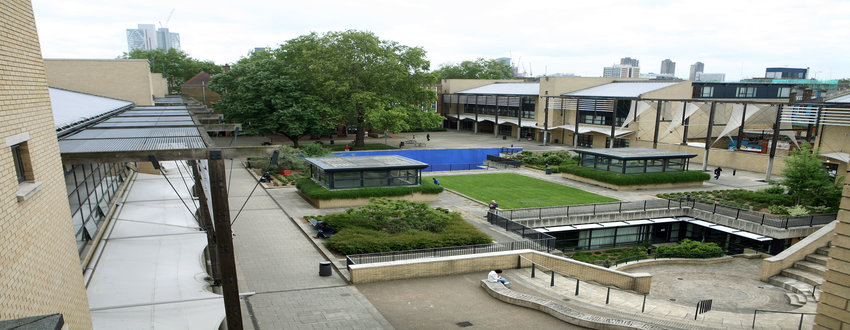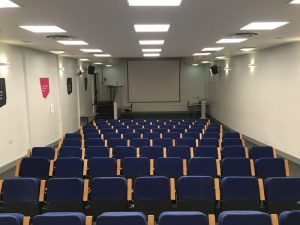Many of us are aware of the energy saving benefits of upgrading office lighting to the latest LED technology.
But the story less told surrounds how a lighting upgrade can also deliver increased comfort for staff. Less glare, better lighting controls and more considered zoning and spacing should all be achieved within a lighting retrofit.
The human benefits are numerous: better concentration, happier, more productive staff and variable light levels to suit the seasons.
LEDs in offices; a telling opportunity for both light and comfort
The Carbon Trust advises lighting typically consumes 20% of the electricity used in commercial and industrial buildings, offices included.
‘In these times of high energy prices, finding cost-effective ways to reduce levels of electricity consumed by lighting can deliver appreciable long-term reductions on business electricity bills,’ it argues.
LED lighting is quick, easy to install, pays back fast, and creates minimal installation disruption. But when considering LED upgrades, it’s vitally important to also think about it will affect staff wellbeing. Here are some of the top elements to consider.
Health issues associated with glare
‘Bright lights and glare, especially if flickering, can induce migraines,’ writes the NHS. ‘This is because bright and flickering lights boost the levels of certain chemicals in the brain, which then activate the migraine centre.’
Modern LEDs eliminate the problem of flicker traditionally found in fluorescents, but some LED products are prone to glare. This can be a big problem in offices, especially as most activity is confined to looking at PC screens.
LED product quality can vary widely, so it’s important to specify LEDs with a ‘low glare index’; this means that light is spread evenly over a large surface area.
Giving staff control over their lighting will also help: by allowing them to turn the lighting up, down or off in their workspace, and providing desk lamps to use as a substitute for overhead lighting.
Daylight harvesting alongside LEDs
The UK Green Building Council (UKGBC) cites a recent study by neuroscientists, which suggests office workers with windows received 173% more white light exposure during work hours, and slept an average of 46 minutes more per night.
‘Light is also vital for maintaining our circadian rhythm. Overall, the evidence is unequivocal; office occupants prefer access to windows and daylight, which bring consistent benefits in terms of satisfaction and health,’ says UKGBC.
While the facts point towards the benefits of natural light, artificial light has a crucial role to play in keeping up light levels on cloudy days and when daylight hours are short.
Daylight harvesting products (such as our Ultra Slim Panel Light with iDim Active+) provide an efficient solution: they automatically respond to the level of natural light in the room and turn the artificial lighting up, down or off accordingly.
The end game; more productive, healthier light
When firms think about how to save energy in offices, all too often the human benefits become swamped by concerns on payback or ROI. But a happier employee represents not only a vital part of today’s humanistic business, but a more profitable worker too.
For these reasons, developing LED solutions as part of strategic options to bring comfort and humanity into every office must be the watchword for 2017.
Contact us for advice on how to save energy in offices with intelligent lighting solutions.





